|
So for decades, I have this love/hate thing going on with two pieces of technology that you probably own.
My digital recorder and my metronome. I can measure my use of them in years, not minutes. I use my recorder on gigs. I know I could just use my phone’s recorder but I like having a stand alone piece for recording. After all, I was the kid who’s father gave him a little reel-to-reel so I could record my little piano songs, and then a Wollensak, and then a Sharp cassette so I could record my teaching, and . . . the list goes on. What I’m saying is that I like having a “thing” that is a dedicated recorder. I don’t record my practice sessions as much as I used to (I should) – but I usually document my gigs. My digital recorder is a USB stick with eight hours of recording time so I just turn it on and put it somewhere near the lid of the piano or somewhere near my amp when I play and let it run until the end of the gig. Listening to playback can be excruciatingly painful. I never can get through listening to a whole gig. If I could, I would probably quit. Tick, tick, tick, tick . . . Like a Geiger counter, like a white, foldable cane, like Captain Hook’s nemesis, the crocodile they call “Tick-Tock”. Ubiquitous, emotionless, non-judgmental. My favorite metronome has been MIA for a few years. It has been thrown in anger several times and like a Timex, it took a licking and kept on ticking. I’m guessing the last time I threw it, it decided to hide. I now use my back-up metronome. What am I listening for when I use these two devices? With the recorder, I’m focused on a few things. Am I singing in tune? Is the groove always there? Is the texture always evolving? Is the music too static? Is there a strong element of drum kit in my playing? Is the melody ALWAYS up front? Is there a seamless stream of emotional content in what I am playing and singing? With the metronome, I’m listening to where I am putting the notes in different tempos and feels. How solid/convincing is my technique sounding? Do I end stronger than I started? To me, as someone who plays, bass, guitar, piano, and sings, the notes are all in different places in the beat depending upon the source. Two and four are crucial. If I get them right, everything else usually falls into place. Am I able to thread the emotional context of what I am singing. I often use the soundless blinking light so I can avert my gaze to rubato things up when necessary and then revert back to tempo. Back in the day, my relationship with these two items was love and hate. Sometimes I got it wrong – but sometimes I got it right. And when I got it right, well, you know that feeling. It’s not that love has receded in this process but rather has morphed into profound appreciation and thankfulness that I can still do musically what I set out to do. And it never really was “hate”. Usually it was self-pity and frustration. Age has a way of diminishing those two emotions. You accept more about where you are with an eye on where you still want to be. You develop “work-arounds” and negotiate with yourself to appease your more base and self-defeating notions. My recorder and metronome have always been a very private matter – no one has ever seen me use them. No matter my state of mind, they are always emotionlessly sitting there waiting for me, like a perpetual motion potter’s wheel anticipating the clay I need to throw. And I’m never at a loss for clay. OK.
You’re playing guitar. Sort of. You’ve got an instrument and know a few chords, preferably the I-IV-V variety. Stop sitting on the edge of your bed when you practice. No more sofa time watching streaming media while you run your chords. If you are physically able to, stand up when you practice. You’ll need a strap for that guitar because you are probably like me: I don’t have the figure for a strapless guitar. I need that strap. Why stand when you practice? Because as a music educator, you want to be able to cruise the room as you play. You don’t want to be standing in stone forever at the front of the room. Seriously, if you want to play an accompaniment instrument in your classroom that inhibits your mobility, you might as well play a keyboard. Using a piano can be a way to create a wall between you and your class. I knew of a music teacher in a school for kids with severe disabilities who literally pushed an upright piano room to room, every day, every class, simply so she had a buffer, a protective bulwark between herself and the students. There is nothing quite as enthralling for a music teacher to stand at the front of the class for a few minutes, strumming, singing, and teaching when all of a sudden you take flight and you are striding into the ranks of your class. Suddenly they are next to you, a honest-to-god-living-breathing GUITARIST! Their eyes will widen and shock will be on their little faces. And as far as behavior issues, it is the best. In an instant you can stride up the perpetrator and pronounce, “I can do this standing next to you. I can stand here all class long. I can be your SPECIAL helper. Would you like that? For me to be you SPECIAL helpr for thee next forty minutes??” It is almost like you are school bus driver with an unruly kid in the back and you suddenly get out of your driver’s seat to address the offender while the bus magically continues driving all by itself. Spiderman has nothing on you! So, yes, stand while you practice. Try not to stare at your hands, too. And start to stroll as you play. Your empty classroom before and after the school day is the best place to work on these skills. After all, that’s where you’ll be showing off your new skills to your amazed students. More on mobility next time! The most powerful tool you possess as a teacher is not your frown. Not your yell or scream. Not your ability to take away recesses. Not your ability to make a call home or initiate a referral.
It’s your smile. Some teachers smile all the time, which diminishes the power of the tool. As I matured as a teacher, I refined the “tabula rasa” countenance – the blank slate: not happy, not sad, not mad – and used it most of the time in class. Leave something to mystery. Don’t reveal everything all at once. As one of my kids once aptly remarked, “I don’t know if you’re Harry Potter after he grew up or Severus Snape before he got old.” Consider me a calm, black, three-piece suit with the countenance of the Sphynx. The tabula rasa sets up the smile. My lack out ubiquitous facial signaling to students made me refine my verbal communication skills. You see, in my world, nothing was more worthless, banal, or cliché as a grinning teacher repeatedly blurting “Good job” to a class as if they were an animatronic character at Chucky Cheese. Better to tabula rasa the moment and say something to the effect of, “I really admire how you were able to keep the rhythm so accurate when you were playing those chords with three mallets on the xylophone.” Hundreds of times I called kids up to the front of the class with my tabula rasa physiognomy firmly in place to tell them exactly what a wonderful impression their music had made upon me. I would usually close with a firm “That was fantastic”. Many times they would say, “But I thought you were angry with me” to which I would respond “Do I have to drip of sunshine, lollipops, and rainbows when I tell you how impressed I am with your work? No, I don’t.” “So, Holmes”, you may be asking, “did you ever smile?” Of course I did. Whenever I played piano, guitar, or when I sang. When kids smiled at me, you could detect the faintest elevation in one of the corners of my mouth. Did I ever emit a bat-blippy crazy smile? You bet! When? When kids made honest music. When they sang, or played rhythms or melodies, or chords, or pianos, or guitars. When the music they made traveled through their hearts. My smile told kids that they had finally gotten to me, that they had found the hidden button, that they had actually done something to influence how they were positively percieved by someone else. Then I went nuts. I opened the classroom door so that the whole school could hear the wondrous sounds they created – and I told the kids that’s why I was opening the doors. I would jump up and down and laugh Scrooge’s laugh from Christmas morning when he realized it had all been a dream and that he could live his life forward in the manner consistent with his newly found heart. And I could get silly – but usually only closer to the end of class. I smiled a lot at chorus rehearsals – which was the time most chorus directors need a whip and a chair to keep the masses in control. But I approached it more like a rite of passage: they were now out of the classroom, getting ready to gig, which signifies that they are like me - a musician! All you music tech heads out there know that MIDI control data runs between 0 and 127. Think of your smile as fluctuating somewhere between those two numbers. Aim for nuance – not “all or nothing at all”. Did I break my own rules on smiling? Yes. Sometimes too much, sometimes too little. The important thing was that I had a concept of the power and significance of my smile on others, how and when to use it, and how to elicit a smile from my students. Is your smile doing all it can in your classroom? Are you maximizing its effectiveness? Now that I’m not teaching anymore and think back on my students, I embrace the lyrics of Paul Francis Webster to Johnny Mercer’s melody just a bit more tightly: “Now when I remember spring All the joy that love can bring I will be remembering The shadow of your smile.” |
AuthorBoyd Holmes, the Writer Archives
June 2025
Categories |
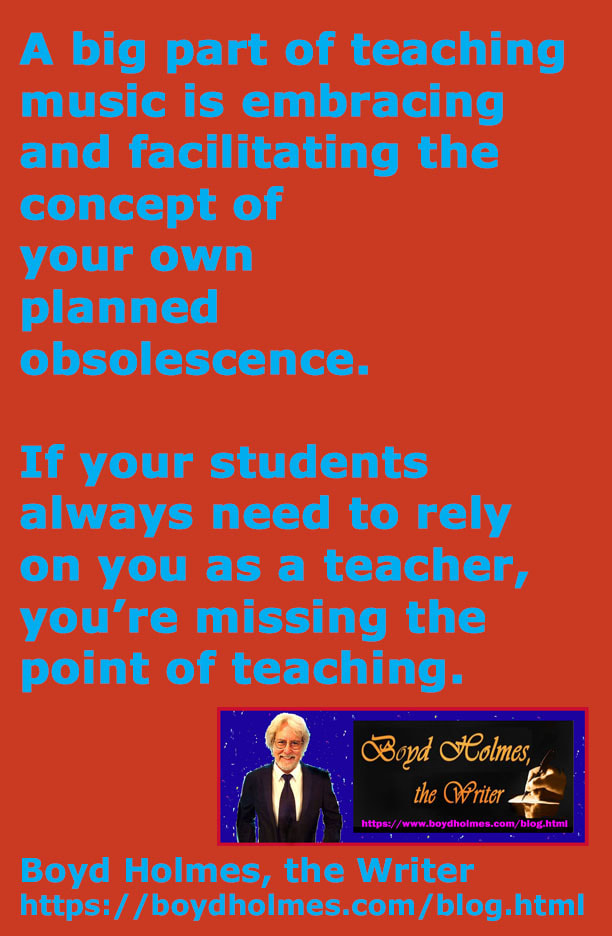

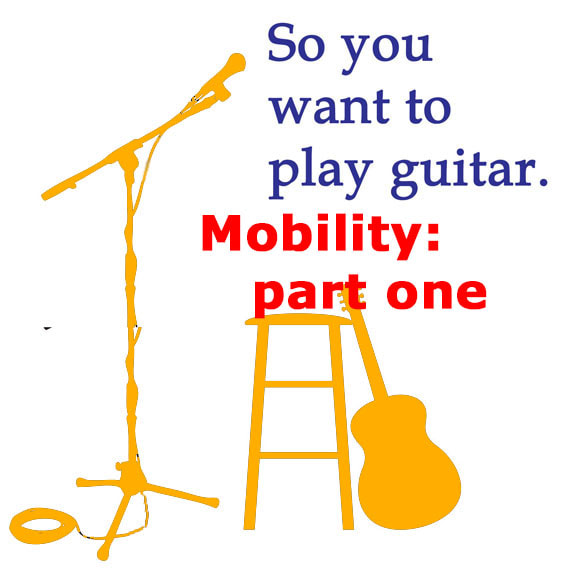
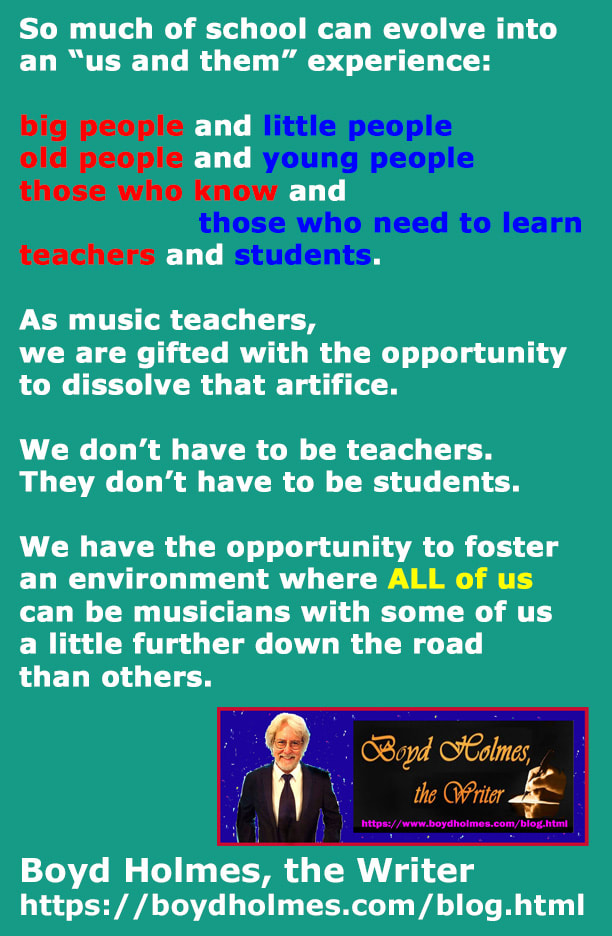
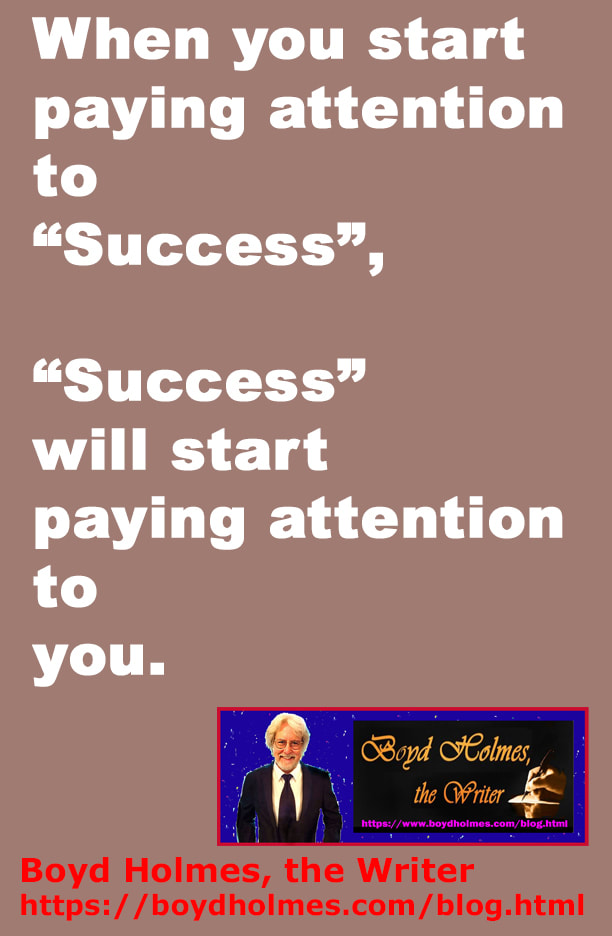
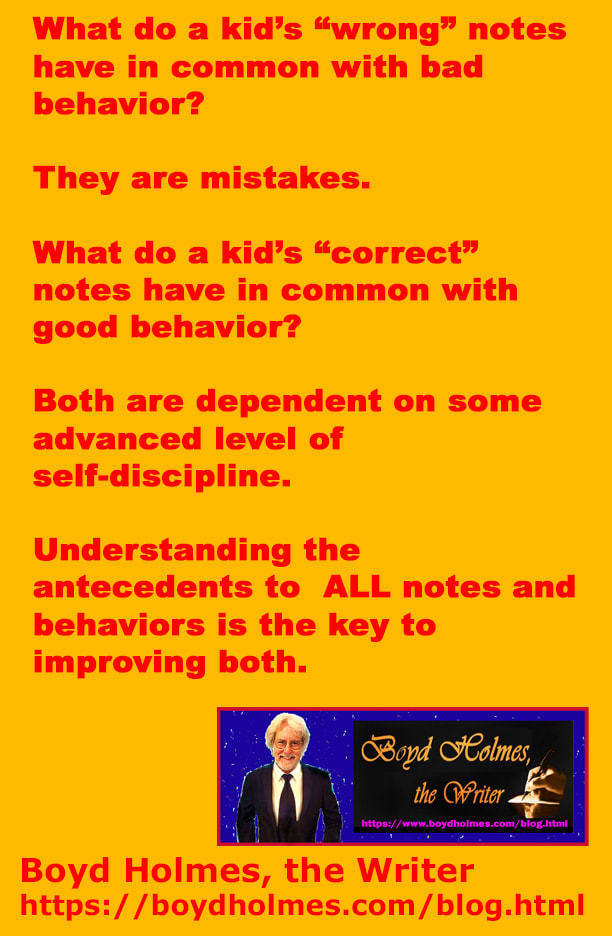
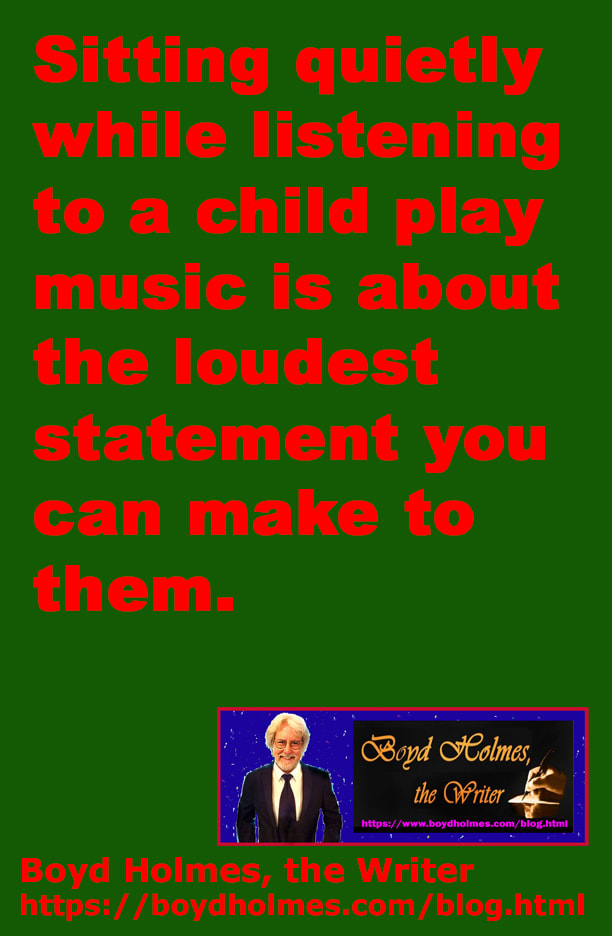
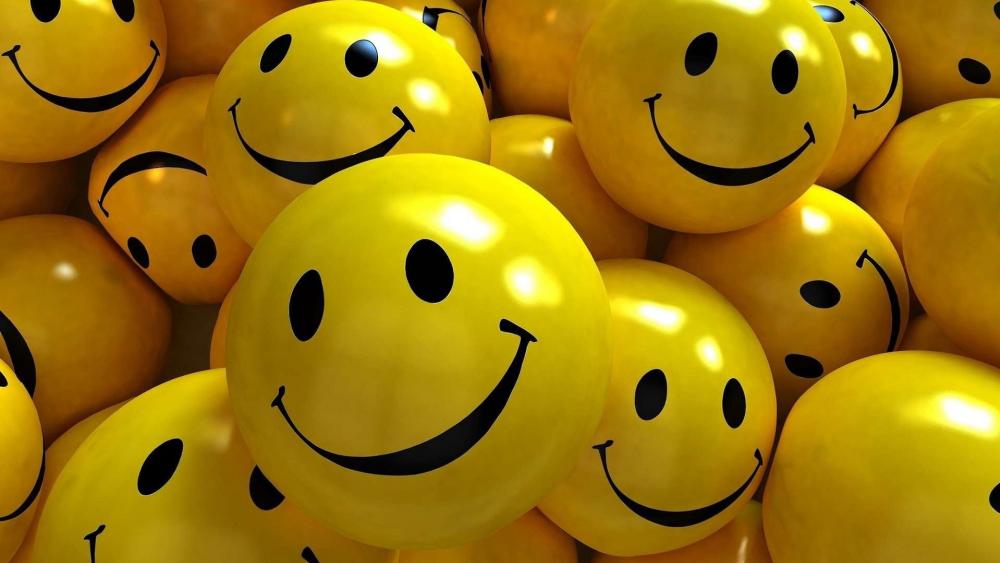
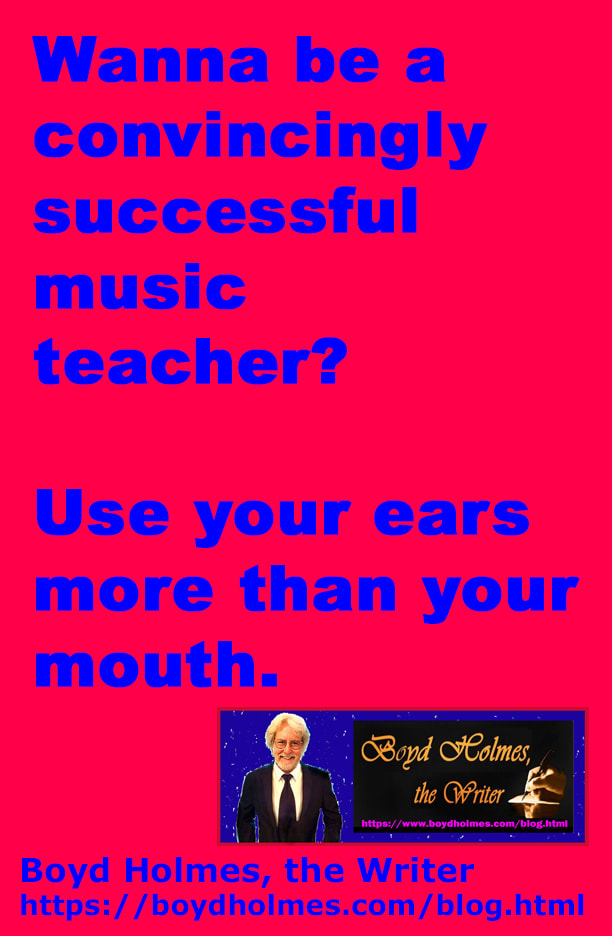
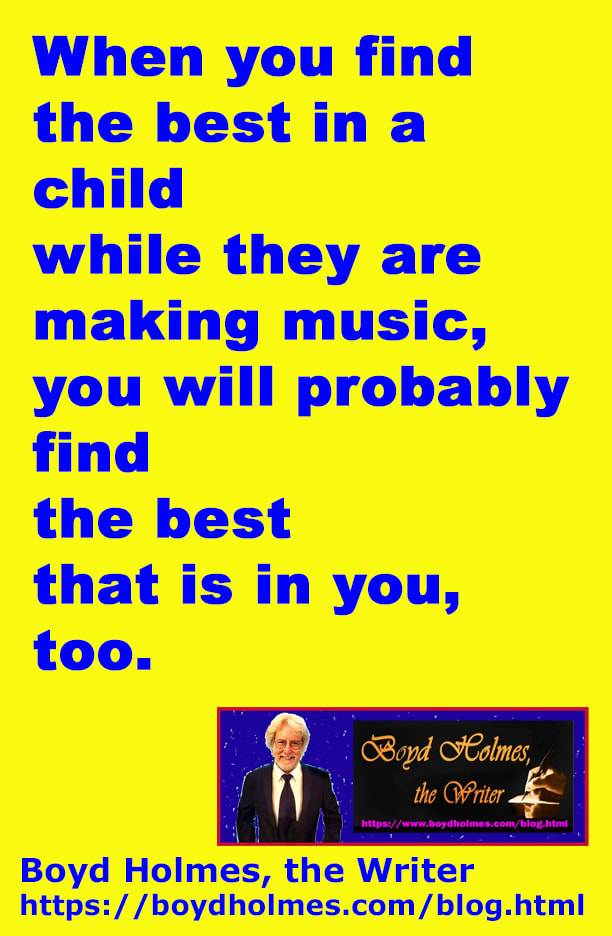
 RSS Feed
RSS Feed